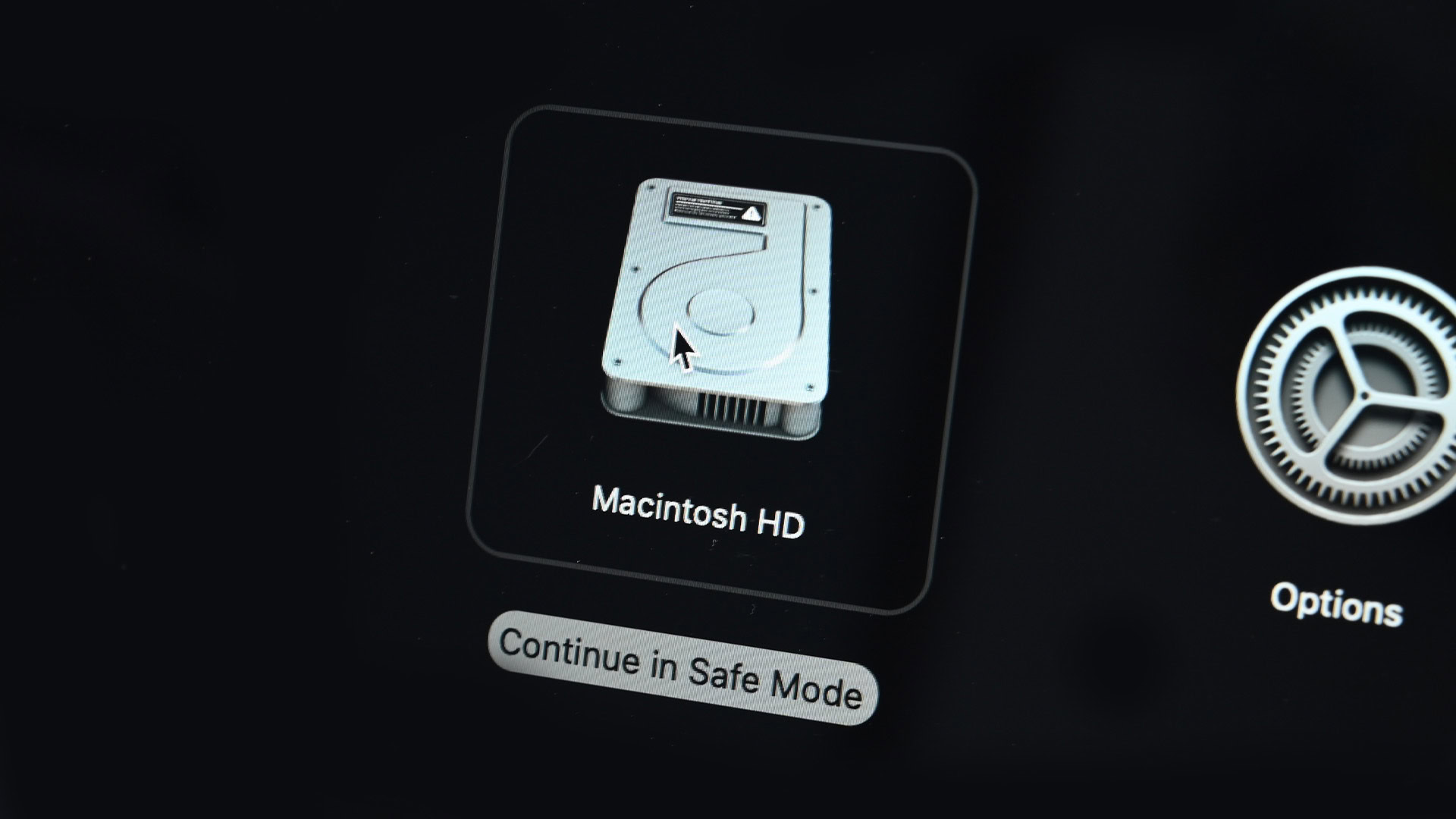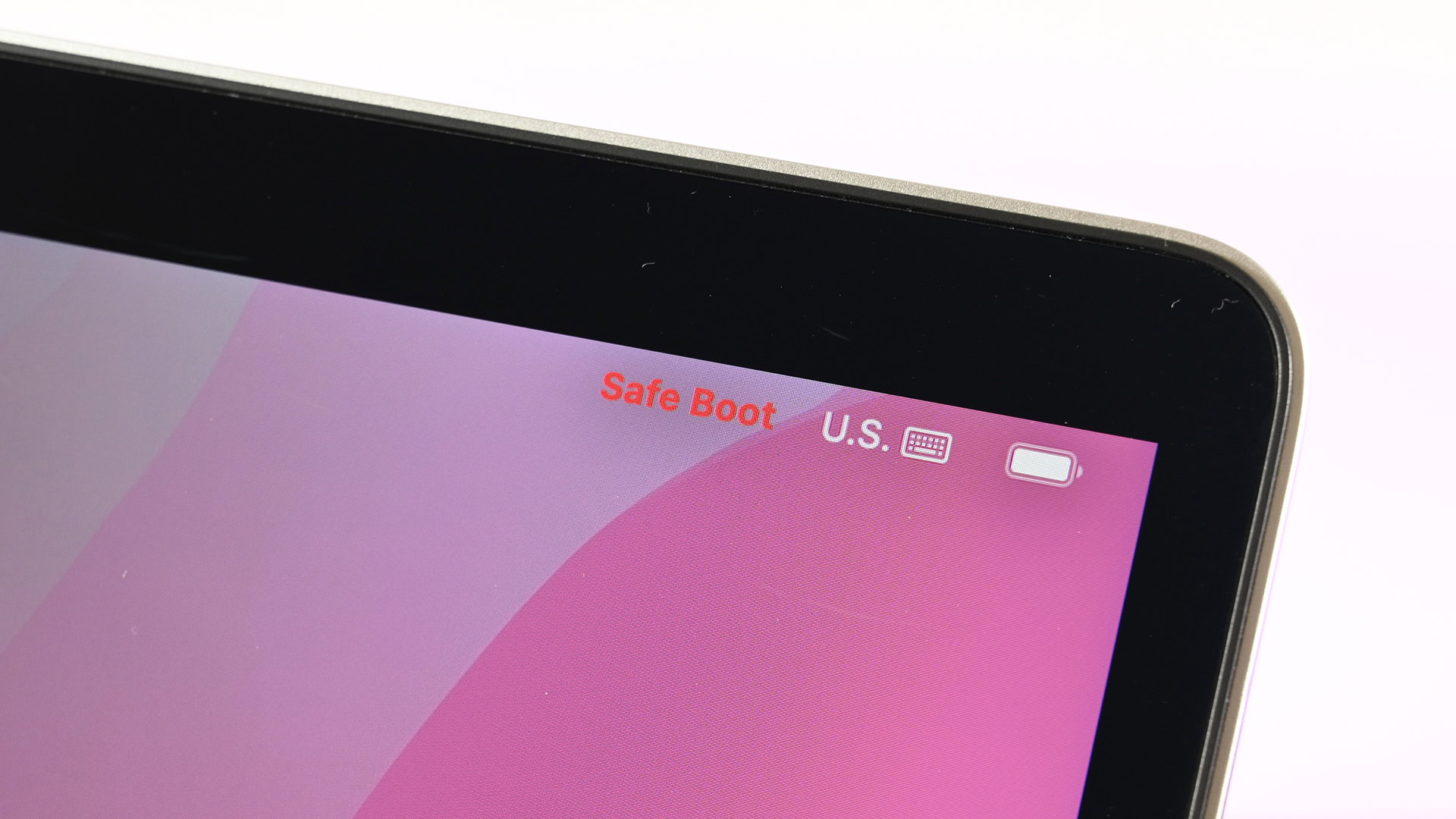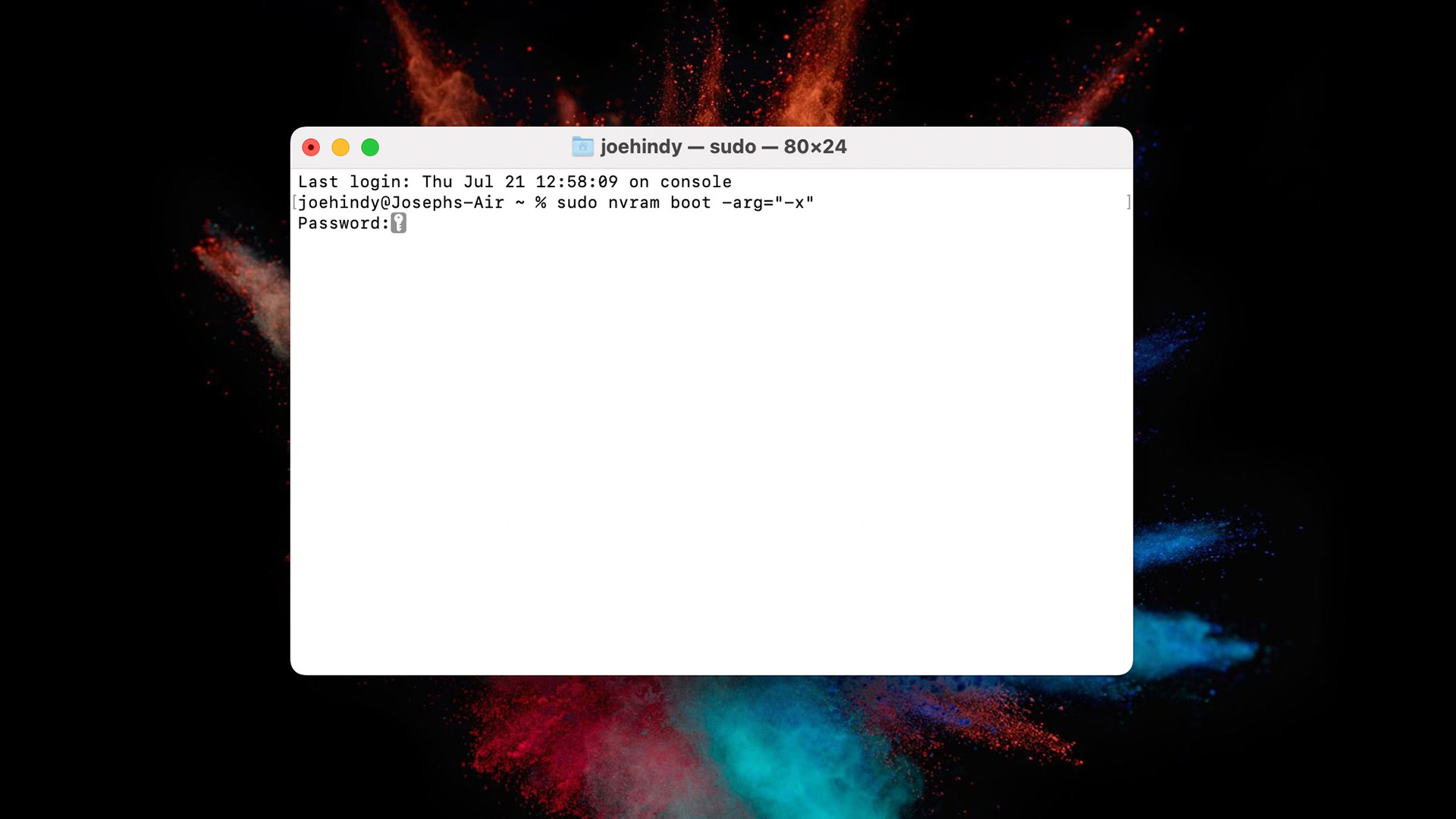Affiliate links on Android Authority may earn us a commission. Learn more.
How to start any Mac in safe mode
Safe mode is an important troubleshooting tool. It boots the OS in such a way that it uses the bare minimum files and apps to start and run. This can help you isolate issues, figure out where problems lie, or determine if it’s easier to just factory reset your Mac and get it over with. There is no danger in using Safe Mode. Here’s how to boot any Mac in safe mode.
Read next: How to find and delete duplicate files on Mac or Windows PC
QUICK ANSWER
To boot into safe mode, turn your Mac off. Turn it back on while holding the power button until Recovery Mode opens. Click on Macintosh HD once, then hold Shift and click Continue in Safe Mode. The Mac will now boot into safe mode.
JUMP TO KEY SECTIONS
How to boot into safe mode on Apple silicon

This method only works on devices running Apple’s own processor chips (M1 and M2). You can check and see if you have one by clicking the Apple Logo and then About This Mac. The overview pane should show you what kind of chip you have.
- Shut down your Mac. Press and hold the power button to turn it back on. This should put you in Recovery Mode.
- Click Macintosh HD, then hold Shift. The Continue button should turn into Continue in Safe Mode.
- Click the button when it says Continue in Safe Mode.
- Your Mac should boot into safe mode.
- To verify, the top right corner of the screen should say Safe Boot in red letters while you’re on the login screen.
- You can also click the Apple Logo in the top corner, click About This Mac, and then System Report. Once there, click Software in the left pane. It should say Boot Mode: Safe on that screen.
And that’s it. Enjoy using safe mode to troubleshoot any issues. We don’t recommend doing this and using your Mac normally. This is strictly for troubleshooting or recovery purposes.
How to boot into safe mode with an Intel-based Mac

Intel-based Macs have a slightly different method than their Apple silicon brethren. It’s still pretty easy to do, though.
- Turn off your Mac. Turn it back on while holding the Shift key until you see the login window.
- Log in as you normally would. You may need to log in twice.
- You can verify that you’re in safe mode the same way on Intel-based Macs that you can on Apple silicon Macs. Follow the steps in the previous section to verify that you’re in safe mode.
We actually prefer the Apple silicon method. It takes an extra step, but there’s a satisfying verification that we are booting into safe mode. Sometimes the Shift button method takes a try or two.
How to boot into safe mode with Terminal

This method isn’t really necessary, but we like giving our readers at least one other option aside from what Apple recommends. This should work on all Macs.
- Shut down your Mac and reboot it into recovery mode.
- Open Terminal from the recovery mode menu. It’s accessible from the top taskbar.
- Type sudo nvram boot -arg=”-x” and hit enter.
- If the above command doesn’t work, try sudo nvram boot -arg=”-x-v” and hit enter.
- Enter your password or passcode and hit enter again.
- Your Mac should boot into safe mode after that.
- Pro-tip — These commands do not work while the computer is actively booted. They only work when you open a Terminal while in recovery as of macOS Sierra. The screenshot above is for illustrative purposes since it’s annoyingly difficult to get a screenshot while in recovery mode.
This isn’t terribly necessary since Apple silicon lets you do this from recovery mode anyway. However, it’s still potentially useful for Intel-based Macs.
Up next: How to show and create hidden files on any Mac
FAQ
We recommend trying the Terminal command explained above if the traditional Apple-approved methods don’t work. If that doesn’t work, you may need to reinstall your OS through the recovery menu. Barring that, take it to an Apple Store and have them look at it.
Probably not. Safe mode boots a Mac into a barebones version of the OS without any drivers loaded or anything like that. You’ll likely find a bunch of errors and issues if you try to operate normally in safe mode.
No. Recovery mode is accessible before your Mac boots. Safe mode is something you get after the Mac boots. You can initiate safe mode from recovery mode on Apple silicon Macs, so they are two different processes.